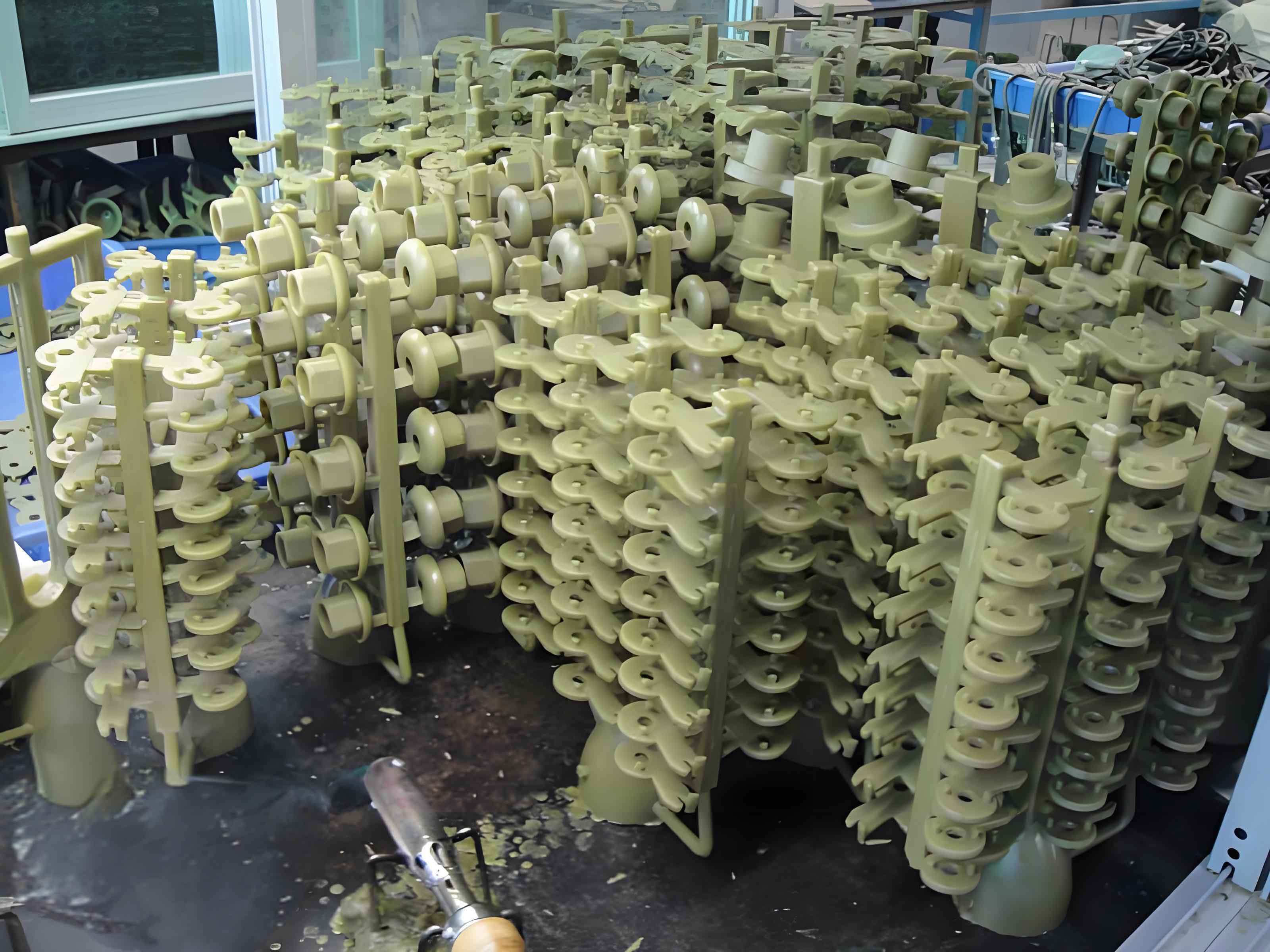Abstract:
The innovative practice course on gypsum precision casting, focusing on its application in undergraduate industrial training at Tsinghua University. By integrating traditional handmade clay modeling, advanced reverse scanning technology, and 3D gypsum precision casting, we aim to cultivate students’ innovative thinking and practical skills. This paper discusses the necessity of curriculum reform, the implementation of the teaching plan, and the significance of platform construction in practical courses.

1. Introduction
The gypsum precision casting course introduced in this paper is primarily applied to undergraduate courses at Tsinghua University, including metalworking practice, manufacturing engineering experience, personalized 3D printing and realization, engineering literacy and humanities practice, engineering cognition and innovation, etc. Taking project-based jewelry design as the teaching carrier, students learn about the entire lifecycle of jewelry production through processes such as wax mold model making, wax tree assembly, gypsum pouring, gypsum firing, vacuum pouring, and post-processing.
Table 1: Overview of the Gypsum Precision Casting Course
| Course Aspect | Details |
|---|---|
| Application Courses | Metalworking Practice, Manufacturing Engineering Experience, etc. |
| Teaching Carrier | Project-based Jewelry Design |
| Key Processes | Wax Mold Making, Gypsum Pouring, Vacuum Pouring, Post-processing |
2. Necessity of Curriculum Reform
The Forming and Manufacturing Laboratory of the Training Center has established a gypsum precision casting practical teaching platform and attempted interdisciplinary and cross-trade teaching reform. The original modularized, single-trade, and single-equipment experimental teaching was transformed by integrating with the existing precision engraving teaching system to create an interdisciplinary exploratory experimental teaching platform. Based on this platform, a new practical teaching mode was developed to help students systematically learn experimental techniques that combine precision casting with subtractive manufacturing.
Table 2: Comparison of Traditional and Innovative Teaching Modes
| Aspect | Traditional Mode | Innovative Mode |
|---|---|---|
| Teaching Content | Single module, single trade | Interdisciplinary integration |
| Teaching Goal | Skill acquisition | Knowledge, ability, and innovation |
| Teaching Methods | Teacher-centered | Student-centered |
3. Curriculum Reform Combining Handmade Clay Modeling, Reverse Scanning, and 3D Gypsum Precision Casting
3.1 Cultural and Creative Ornament Design with Festival Cats as an Example
This case study combines the characteristics of different festivals (e.g., Chinese New Year, Dragon Boat Festival) and selects cats as the main elements of the ornaments, incorporating festive elements and corresponding cat actions. The final designs include cats holding a Fu character for Chinese New Year, cats with a bowl of yuanxiao in their mouths for the Lantern Festival, cats sticking out of zongzi for the Dragon Boat Festival, etc.
Table 3: Festival Cats Ornament Designs
| Festival | Ornament Description |
|---|---|
| Chinese New Year | Cat holding a Fu character |
| Lantern Festival | Cat with yuanxiao in its mouth |
| Dragon Boat Festival | Cat sticking out of zongzi |
| (Others) | (Other designs) |
3.1.1 Handmade Clay Modeling
For complex curved surfaces without a foundation in 3D design, handmade clay modeling is used to create the prototypes of the festival cat ornaments. Clay modeling involves shaping clay by hand, combining both pinching and molding techniques.
3.1.2 Reverse Scanning
Three-dimensional scanners are used to obtain the dimensional data of the clay models, which can be directly interfaced with CAD/CAM software. The portable handheld laser scanner used in this case has a maximum accuracy of 0.02mm and a maximum scanning speed of 2,100,000 points/s, capable of scanning complex surfaces.
3.1.3 3D Gypsum Precision Casting
3D gypsum precision casting combines 3D printing with gypsum precision casting. It involves using reverse scanning or 3D modeling to obtain data models, 3D printing wax molds, pouring gypsum, firing to remove wax, and pouring to obtain metal castings.
The final metal castings are obtained through gypsum pouring, firing, pouring, and post-processing techniques such as mold shaping, polishing, ultrasonic cleaning, and electroplating.
3.2 Main Roles of Curriculum Reform in Laboratory Construction and Talent Cultivation
This curriculum reform is primarily applied to the precision casting course offered by the Casting Branch of the Forming and Manufacturing Laboratory. It combines traditional handmade clay modeling, advanced reverse scanning, and 3D gypsum precision casting, reflecting interdisciplinary integration. Course content is designed with flexibility to stimulate students’ creative desire and potential, improving their ability to independently design, analyze, and solve problems.
Table 4: Advantages of Curriculum Reform
| Advantage | Description |
|---|---|
| Interdisciplinary Integration | Combines traditional crafts with advanced technology |
| Flexible Curriculum Content | Leaves room for student creativity |
| Enhanced Skills | Improves students’ practical and innovative abilities |
4. Conclusion
Through the innovative exploration of integrating handmade clay modeling, reverse scanning technology, and 3D gypsum precision casting, we have achieved a combination of traditional crafts and advanced manufacturing technology, art and technology, aesthetics and science in practical courses. This curriculum reform effectively addresses the weakness of liberal arts students in 3D modeling using software, solves complex design problems at the source, improves classroom efficiency, and is cost-effective and flexible for experimental teaching.
The reform outcomes are an important part of the precision casting practical teaching module construction in the laboratory, serving undergraduate practical teaching,书院exchange and experience activities, open day experiences, and external research services. By combining tradition with advancement, art with technology, and aesthetics with science, we aim to cultivate students’ comprehensive abilities and innovative thinking in the context of the double-creation era.
